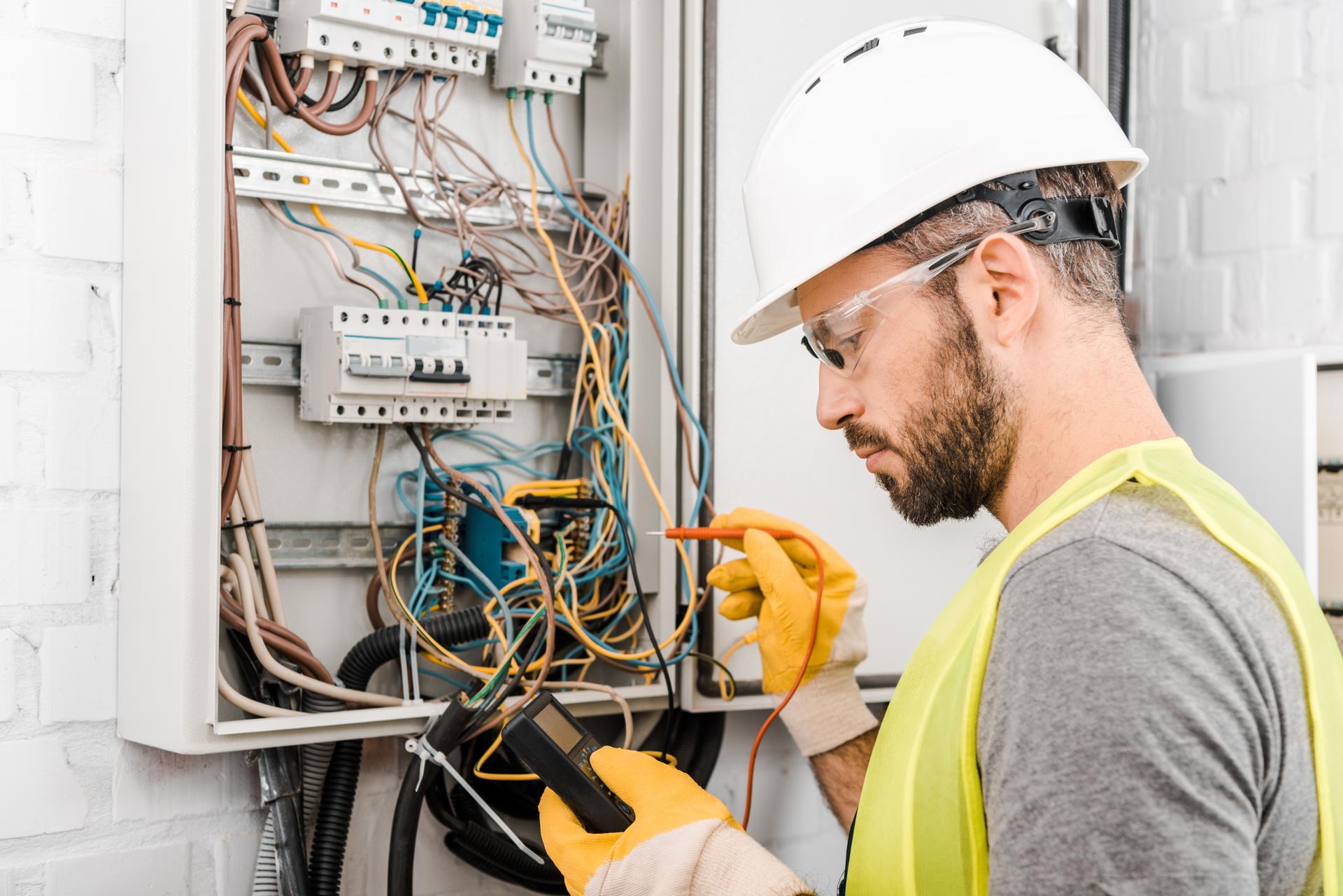A Simple Explanation of the Principles Behind Electrical Wiring in Your Home

Electricity is a vital part of our daily lives, supplying everything from the lighting in our houses to gadgets we use every day. But electrical systems can be complex, knowing how they function can be difficult. In this article, we’ll break down the components in an electrical circuit, and explain how circuits work to power devices and appliances. Our residential electricians can handle any electrical jobs you need.
The components of an electrical system
A home’s electrical system includes a number of key components that work together to provide power throughout the home. They include:
Breaker box is the central source of electrical power in a home in which the power is split into various circuits
Switches and outlets: points where electricity is delivered to devices and appliances
Wiring: the wires that carry electric current from the box to the outlets and switches
Electronic appliances and gadgets: the appliances and gadgets that rely on electricity to function.
Electrical Circuits
An electrical circuit is a path that lets electricity flow from the source (the breaker box) to the devices and appliances in a home. There are two kinds of electrical circuits in the home which are 120-volt circuits and circuits that are 240-volts. 120-volt circuits are employed for most household devices and appliances, whereas the 240-volt circuits are utilized for larger appliances such as dryers and air conditioners.
Electrical circuits work by completing an electrical loop that allows power to be transferred from the source to the appliance or device. The loop is made up of a hot wire that carries the electricity and a neutral wire which completes the circuit and a ground wire , which is the pathway for the electricity to get to the ground in case there is a problem.
Understanding Electrical Wiring
Electrical wiring is available in a variety of kinds, such as non-metallic sheathed wire (NM), armored cable (AC) and conduit. Each kind has its own advantages and disadvantages and the selection of the type of wiring is based on the particular requirements for the particular installation.
Electricity travels through wiring through a flow of electrons in the wire. The electrons flow through the wire from source, to device or appliance returning to the source using the neutral wire. It is crucial to make sure that the wiring is put in place and maintained in a correct manner, as faulty wiring can lead to electrical dangers like shocks and fires.
Common Electrical Problems
Some common electrical problems at home include tripping breakers, flickering lights, and disconnected outlets. These issues can be caused by a myriad of causes, including overloading circuits, loose connections, and faulty wiring.
If you are experiencing any of these issues it’s crucial to pinpoint the root cause and take steps to correct the issue. In certain instances this could mean contacting an authorized electrician to examine and fix the wiring.
Final Conclusion, as well as a Call to Action
In the end, knowing how electrical wiring works is vital to ensure the safety and reliability of your home’s electrical system. If you follow the rules laid out in this article, you can stay secure and avoid potential dangers.
Should you ever have questions or concerns about your home’s electrical system Don’t hesitate to reach out to Local Electrician Glenmore Park. Our electricians are licensed and has the expertise and experience to address all of your electrical requirements. Contact us at 1300 610 481 to schedule a appointment.
FAQ
What are the symptoms of an electrical wiring issue?
The signs of an electrical wiring issue may include tripping breakers flickering lights, or dead outlets, to name a few.
What is the best time to schedule the electrical system of my house checked?
It’s recommended that you have your home’s electrical system examined by a licensed electrician every 10 years.
What is the life expectancy of electrical wiring?
The life span of electrical wiring depends on many factors, such as the kind of wiring used, the location it’s located in, as well as the quality of the installation. In general, most electrical wiring can last up to thirty years, or even more with the proper installation and maintenance.
Do I need to fix electrical issues myself or should I always engage an electrician?
While some electrical issues can be fixed by homeowners, it is advised that you employ an experienced electrician for the majority of electrical repairs. If you attempt to fix electrical issues with no proper training or knowledge can be risky and can result in injuries or damages to your home.
What should I do if I experience an electrical emergency within my home?
If you encounter an electrical emergency the first step is to shut off power to the affected location by turning off the breaker or the fuse. Then, contact a licensed electrician to look into and fix the issue as soon as you can.
By following these guidelines By following these rules, you can ensure security and reliability of the electrical system in your home and reduce potential hazards. Keep in mind that when it comes to electrical repairs or installations, it’s always best to trust the experts. Call Local Electrician Glenmore Park at 1300 610 481 for all your electrical concerns.
